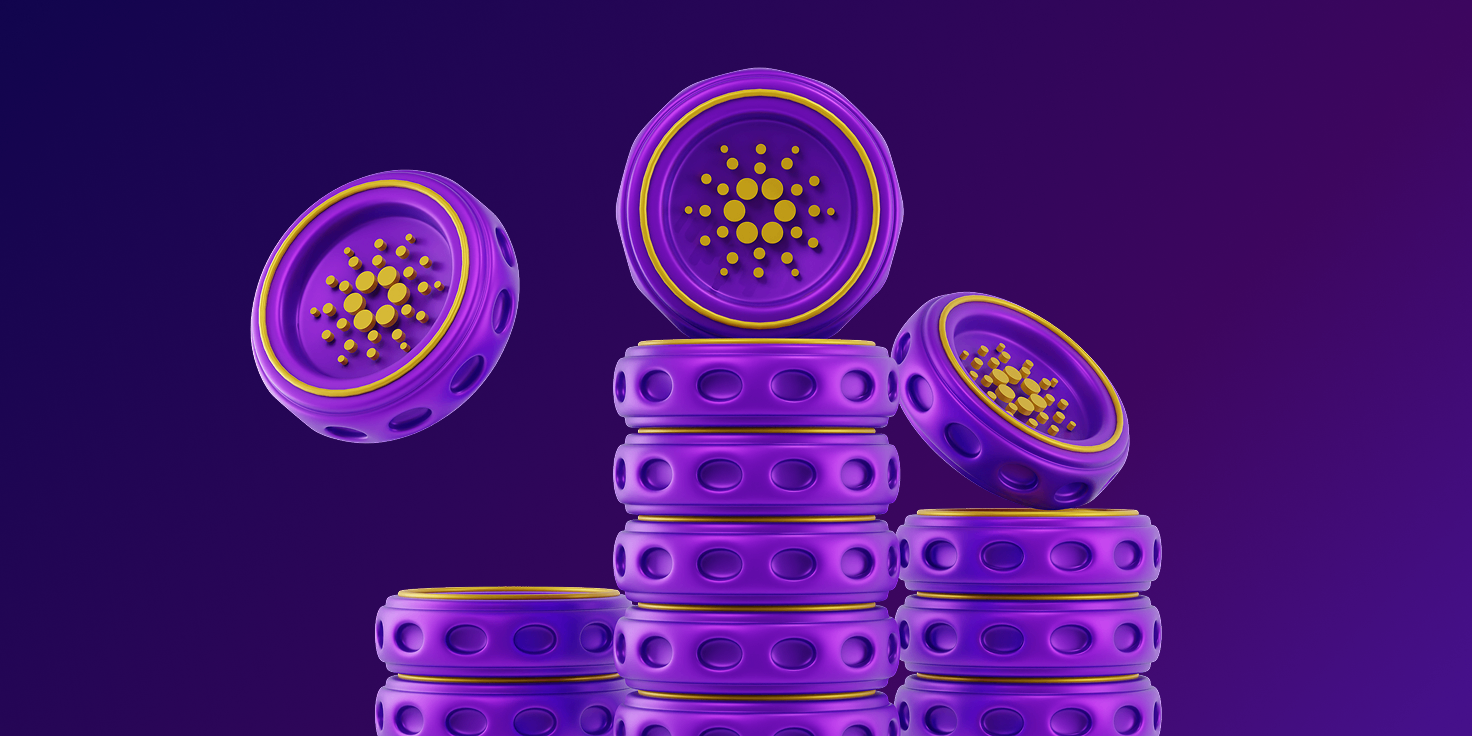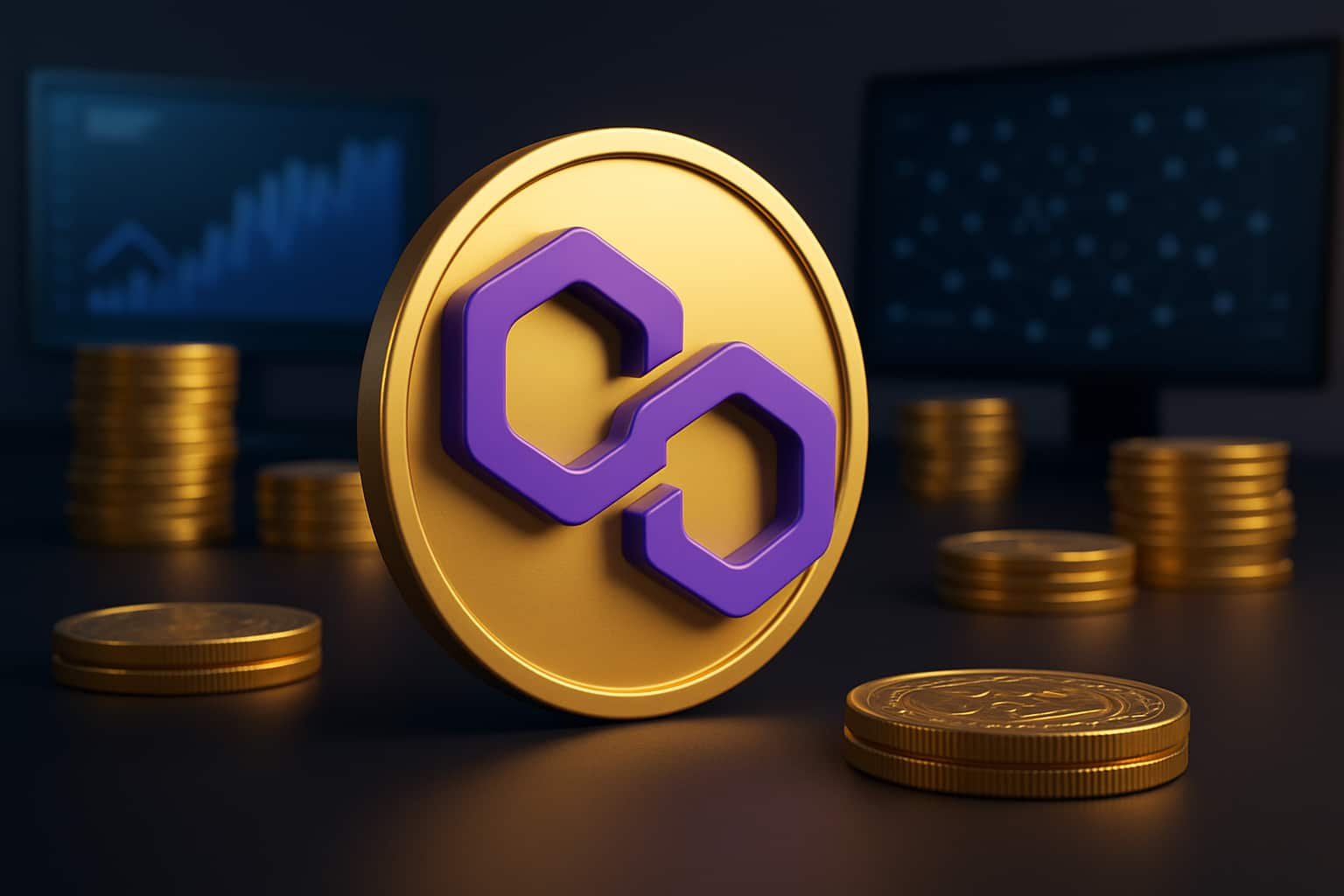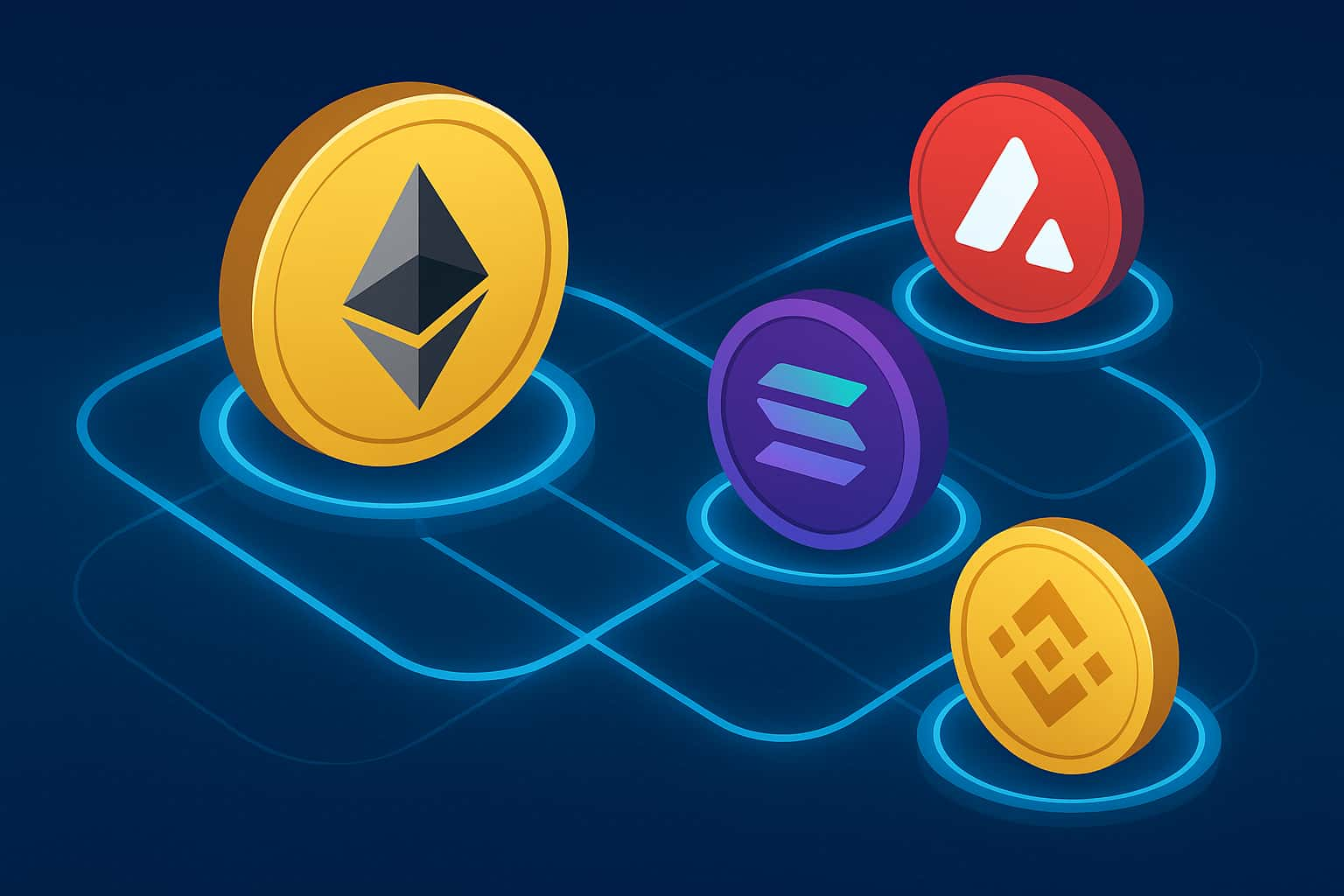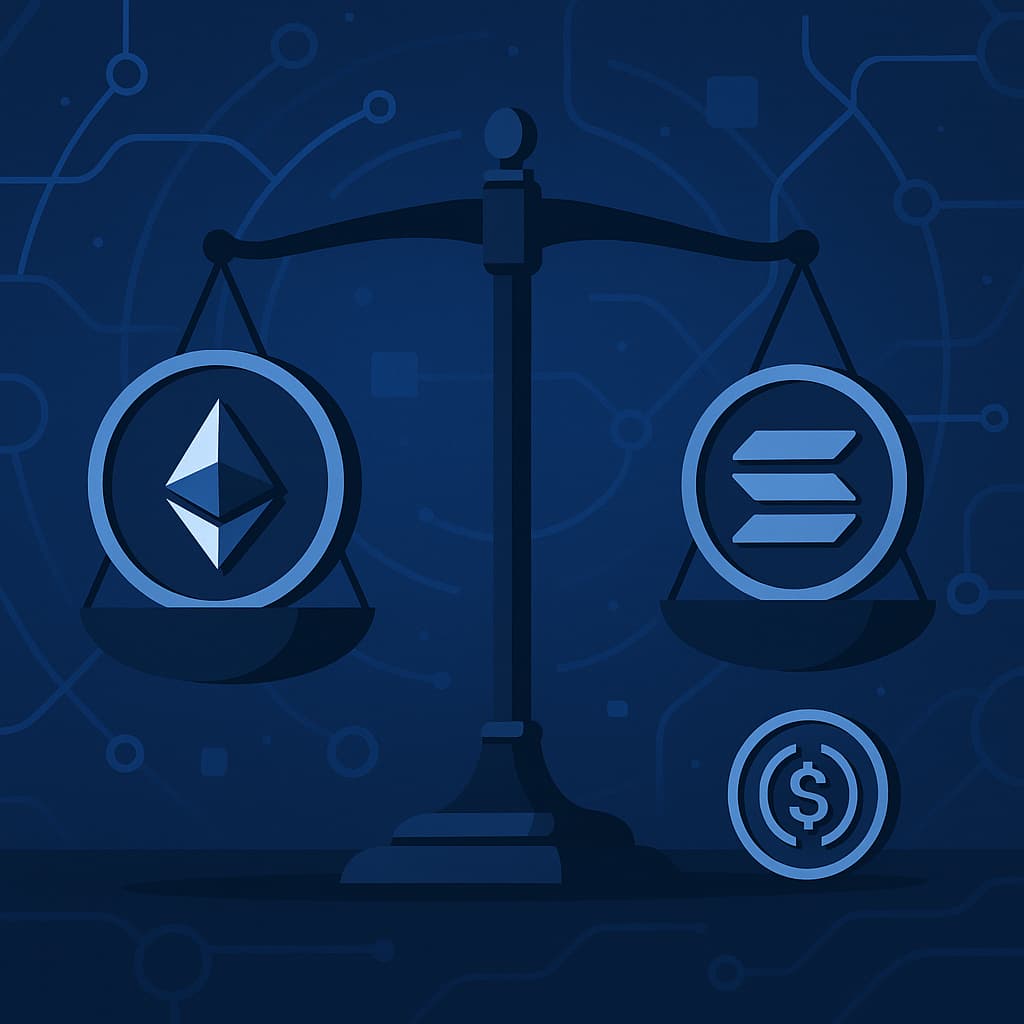Scientific Rigor and Security
Every protocol upgrade is peer-reviewed, minimizing vulnerabilities and ensuring reliability for mission-critical applications.
A Complete Business Guide

It is a third-generation Layer-1 blockchain designed to deliver security, scalability, and sustainability through a scientifically researched and peer-reviewed approach. It emphasizes formal methods, mathematical rigor, and energy-efficient consensus to support decentralized applications (dApps), tokenization, and enterprise blockchain solutions.
The platform was launched in 2017 by Input Output Global (IOG, formerly IOHK) under the leadership of Charles Hoskinson, one of the co-founders. Unlike most blockchains that emphasize “move fast and build,” it adopted an academic-first methodology, grounding its protocol upgrades in peer-reviewed cryptographic research and formal verification.
The platform aims to address the blockchain trilemma (scalability, security, decentralization) while also focusing on sustainability. Its roadmap is divided into distinct eras, such as Byron, Shelley, Goguen, Basho, and Voltaire, each introducing key functionality such as staking, smart contracts, scalability improvements, and decentralized governance.
With thousands of staking pools, over 70% of ADA supply staked, and smart contracts running on the Plutus platform, the platform has become one of the largest proof-of-stake networks. Its low energy footprint and research-driven design make it appealing to enterprises, governments, and NGOs worldwide.
Every protocol upgrade is peer-reviewed, minimizing vulnerabilities and ensuring reliability for mission-critical applications.
The Ouroboros Proof-of-Stake (PoS) protocol consumes significantly less energy than Proof-of-Work blockchains, making it eco-friendly and aligned with corporate ESG goals.
Transaction fees are low and stable compared to Ethereum, allowing businesses to plan long-term without the uncertainty of fee spikes.
Thousands of stake pools worldwide secure the network, distributing power and enhancing resilience.
Future development emphasizes cross-chain compatibility and sidechains, enabling the platform to connect with global financial systems and other blockchains.
The platform’s architecture relies on innovations that prioritize security and energy efficiency:
The world’s first provably secure PoS protocol, Ouroboros, is built on peer-reviewed cryptographic research.
Time is divided into epochs and slots, where stake pool operators are randomly chosen to validate blocks.
The network uses the Extended Unspent Transaction Output model, combining Bitcoin’s UTXO structure with smart contract capabilities for predictable and parallelizable transactions.
It is an off-chain scaling solution that enables thousands of transactions per second per Hydra head.
Assets can be minted and transferred on the network without requiring smart contracts, reducing complexity and cost.
It’s ecosystem is rapidly expanding across finance, identity, NFTs, and sustainability.
| Feature | Cardano (ADA) | Ethereum | Solana | Polkadot |
|---|---|---|---|---|
| Consensus | Ouroboros PoS | PoS | PoH + PoS | NPoS |
| TPS | ~250 (Hydra → 1M+) | ~30 | 65,000+ | ~1,000 |
| Avg Fee | <$0.20 | $0.30–3 | <$0.01 | ~$0.10 |
| Smart Contracts | Plutus, Marlowe | Solidity | Rust, C, Anchor | Ink!, Solidity |
| Key Strength | Research + Sustainability | Ecosystem + Security | Speed + Cost | Interoperability |
This shows the blockchainplatform’s unique positioning: not the fastest, but the most research-driven and sustainable, attracting enterprises prioritizing governance, compliance, and long-term stability.
The platform is positioning itself as a secure and energy-efficient foundation for decentralized finance:
Protocols like Liqwid Finance and Meld allow users to access loans or earn interest on assets without intermediaries, with the blockchain platform’s peer-reviewed security ensuring greater trust.
The decentralized network supports both algorithmic models like DJED and fiat-backed options like USDA, giving businesses and users stable settlement currencies within the ecosystem.
By leveraging it’s native staking pools, users and enterprises can participate in environmentally sustainable yield opportunities while strengthening network security.
Cardano’s design is well-suited for tokenizing physical and financial assets:
Businesses can tokenize properties or renewable energy projects, enabling investors to participate with smaller amounts of capital.
Enterprises focused on ESG (Environmental, Social, Governance) initiatives can use the platform to tokenize carbon offsets, making trading and verification more transparent.
The platform’s emphasis on formal verification provides a framework for issuing tokenized stocks, bonds, and other regulated assets with a higher assurance of compliance.
It’s low fees and native token support make it attractive for creative industries:
Artists and developers can mint and distribute NFTs for digital art, gaming assets, or collectibles at a fraction of the cost of Ethereum-based solutions.
Businesses can issue NFTs as digital passes for customer engagement, loyalty rewards, or premium access.
The platform’s programmable NFTs enable direct and transparent royalty payments, ensuring artists and media creators are compensated each time their work is resold.
It’s roadmap strongly emphasizes digital identity and governance:
Through Atala PRISM, the platform provides verifiable digital credentials for citizens, already piloted in education systems in Africa.
Universities and institutions can issue tamper-proof diplomas and certifications on-chain, streamlining verification for employers.
Businesses and communities can set up decentralized governance frameworks, enabling secure treasury management and democratic decision-making.
Beyond finance and consumer markets, the blockchain network serves as an infrastructure layer for large-scale enterprise solutions:
The blockchain network can track and verify goods from origin to delivery, improving accountability in industries such as food, pharmaceuticals, and global trade finance.
Patient-centric solutions can store and share sensitive health records securely, ensuring compliance with data protection standards while maintaining patient control.
ADA and stablecoins on the blockchain platform allow merchants to process instant, low-fee transactions, supporting everything from retail purchases to subscription-based services.
Plutus is less adopted than Solidity, limiting developer onboarding.
DeFi and NFT adoption lag behind Ethereum and Solana.
While Hydra promises scale, real-world implementation is still developing.
ADA’s classification in securities debates may affect adoption in certain jurisdictions.
Build with Plutus, Marlowe, or Milkomeda for EVM compatibility.
Launch pilot projects in identity, tokenization, or payments to test feasibility.
Explore ADA staking and ecosystem tokens for portfolio diversification.
Create a wallet (Daedalus, Yoroi, or Nami) to interact with dApps.
Rollout of Hydra heads for massive TPS improvements.
Voltaire era will fully decentralize governance, allowing ADA holders to shape network direction.
Expansion into government, healthcare, and corporate ESG reporting.
USDA and DJED to drive adoption in payments and DeFi.
Sidechains and bridges will connect Cardano with Ethereum, Bitcoin, and beyond.
The network’s future lies in measured, research-driven growth, prioritizing reliability and compliance over hype, which positions it as a long-term enterprise blockchain contender.
Common questions and answers, their implementation, and practical considerations for businesses and developers.

By using this site, you allow our use of cookies. For more information on the cookies we use and how to delete or block them, please read our cookie notice.
We would love to
hear from you!


Innovate with confidence!


